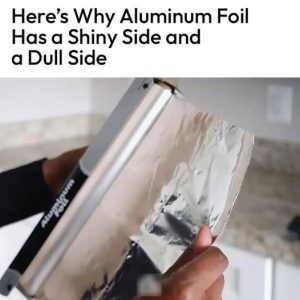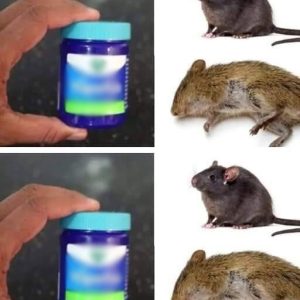Cooking chicken can sometimes result in a curious discovery: white goo. This slimy substance often pools in the pan or clings to the meat, leaving many wondering what it is and whether it’s safe to eat. The good news is that it’s completely normal, harmless, and has a simple scientific explanation.
What Is the White Goo?
The white goo is a mix of protein and water released from the meat when heat is applied. As the muscle fibers contract, liquid inside is squeezed out and solidifies into a white substance, similar to how egg whites change texture when heated.
Why Does It Happen?
This occurs more often with frozen or previously frozen chicken. Freezing causes ice crystals that rupture muscle fibers, releasing more liquid during cooking. The more times chicken is frozen and thawed, the more noticeable the goo becomes.
The Science Behind It
The white goo is largely made up of albumin, a protein that coagulates when heated. It’s similar to the protein in egg whites, which also accounts for about half of the protein in chicken juices.
Is It Safe to Eat?
Yes, the white goo is completely safe to eat. It’s just cooked protein and water. However, if it has an unusual color or odor, the chicken could be spoiled.
How to Reduce the Goo
- Avoid multiple freezing cycles.
- Pat the chicken dry before cooking to remove surface moisture.
- Cook at moderate temperatures to prevent rapid liquid release.
- Brine your chicken to help it retain moisture.
Why Does It Look Worse Sometimes?
Overcooking, cutting into the chicken too soon, or using a meat thermometer can cause more liquid to be released.
Comparisons with Other Proteins
Chicken isn’t the only protein that produces this effect. Fish, like salmon, releases albumin too, which forms a white layer on the surface. Using gentler cooking methods, like baking at lower temperatures, can help reduce this.
No Need to Worry
Although the white goo may not look appetizing, it’s a natural part of cooking chicken. It poses no health risks, so you can cook your chicken with confidence!





